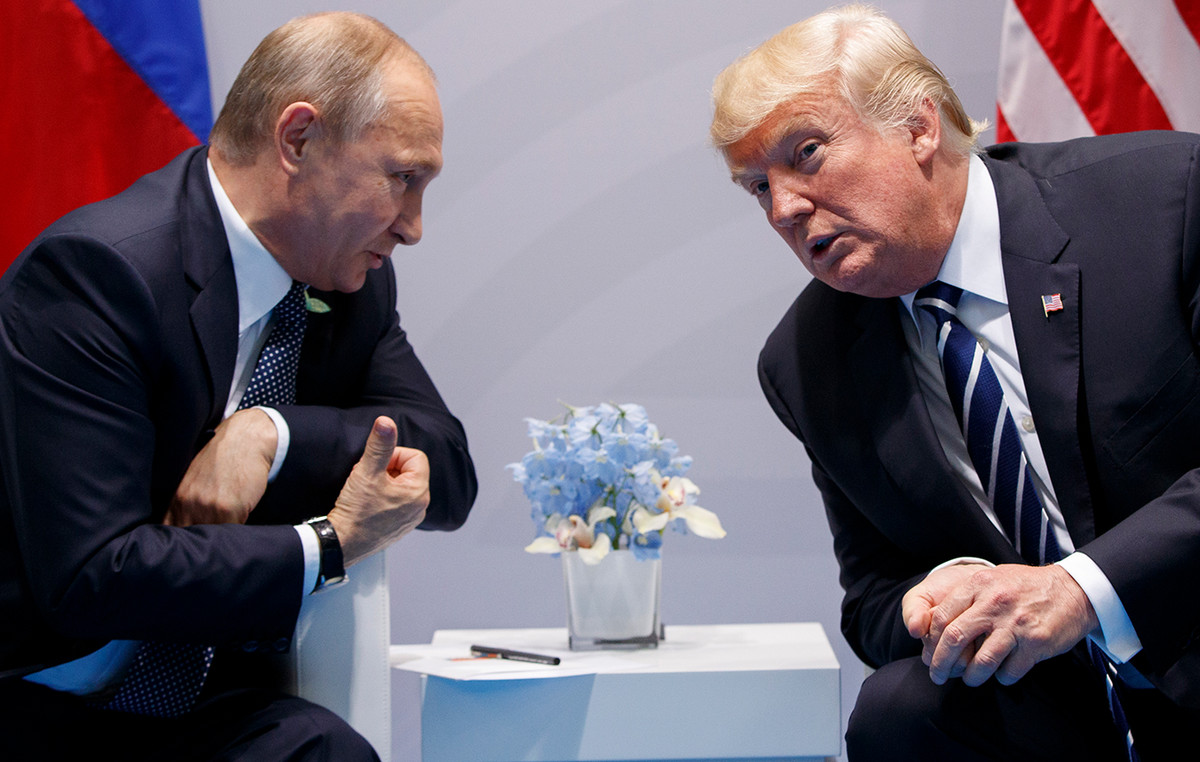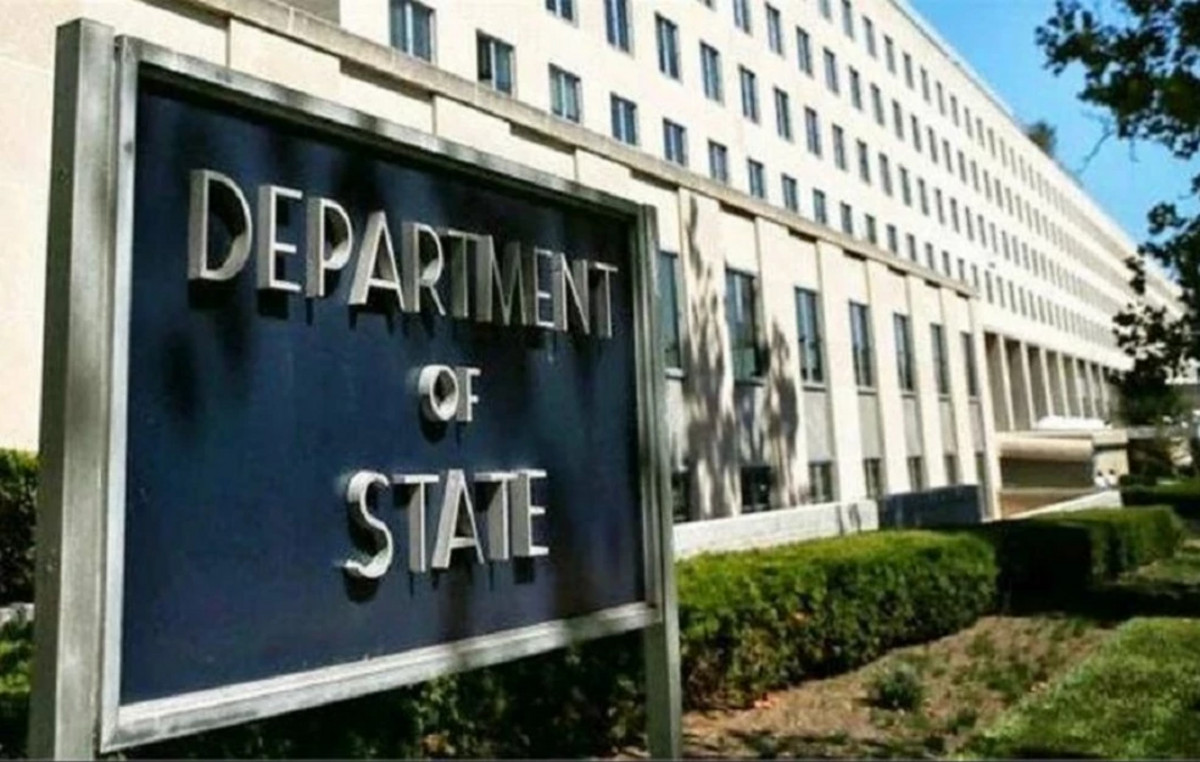LAST UPDATE: 21:32
Wall Street temporarily collected gains in Wednesday’s trading, following the Fed announcements, with the Dow Jones turning to the “red” for a while. But then the indicators corrected and returned to the initial profit levels.
Investment attention today is focused on the Federal Reserve announcements. The US Federal Reserve today took the first step to tackling the highest inflation in 40 years, ending the zero-interest rate policy.
The US Federal Reserve raised interest rates by 25 basis points as developments in Ukraine do not allow for a more aggressive approach due to concerns about the economy.
Intense diplomatic talks in recent days seem to have begun to bear fruit, with the Kremlin now saying that a “demilitarized” Ukraine outside of NATO, such as Austria or Sweden, is being considered as a possible compromise.
“This is an option that is being discussed at the moment and could be considered a compromise,” said Kremlin spokesman Dmitry Peshkov.
For his part, Ukrainian President Volodymyr Zelensky clarified that the negotiations should lead to a fair agreement that includes security guarantees.
Fed Chairman Jerome Powell’s statements on the outlook for inflation and the economy and the planned shrinkage of the bank’s balance sheet are expected to monopolize investment interest.
At the same time the dollar loses 0.418%.
Indicators – Statistics
On the board, the Dow Jones gains 1% to 33,880 points. The S&P 500 gained 1.61% to 4,331 points, while the technology Nasdaq strengthened by 2.92% to 13,327 points.
The shares with the biggest losses are Walgreens Boots Alliance (-1.14%), Amgen (-0.69%) and Johnson & Johnson (-0.62%).
The decision of the State Council of China to commit to keeping the markets stable, leading to the rally of the Chinese indices, gave impetus to the investment psychology. The decision followed a two-day heavy loss that cost a total of about $ 1.5 trillion. in the Chinese market.
At the end of the day, data released today showed that retail sales also rose in February, although the pace of growth slowed after the January jump to an indication that consumers are restricting their purchases amid the explosive rise in inflation that affects their purchasing power.
In particular, retail sales increased by 0.3% after the January jump of 4.9% based on the upward revised data announced today by the US Department of Commerce. The initial measurement was for an increase of 3.8% in January.
Excluding gasoline sales, sales fell 0.2% in February, according to government figures unadjusted for inflation.
Analysts’ average estimates in a Bloomberg poll showed a 0.4% increase in sales from the previous month.
At the same time, the cost of imported goods in the US rose 1.4% in February, fueling the upward pressure on inflation, which is already at a four-decade high.
Analysts’ average estimates in a Wall Street Journal poll showed a rise of 1.6%.
Oil costs climbed 8.1% in February, accounting for most of the rise in import prices. Excluding fuel prices rose 0.8%.
On an annual basis, prices recorded an overall increase of 10.9%.
At the same time, export prices jumped 3% in February – the largest in history – and strengthened by 16.6% in the last year.
Source: Capital
I am Sophia william, author of World Stock Market. I have a degree in journalism from the University of Missouri and I have worked as a reporter for several news websites. I have a passion for writing and informing people about the latest news and events happening in the world. I strive to be accurate and unbiased in my reporting, and I hope to provide readers with valuable information that they can use to make informed decisions.







